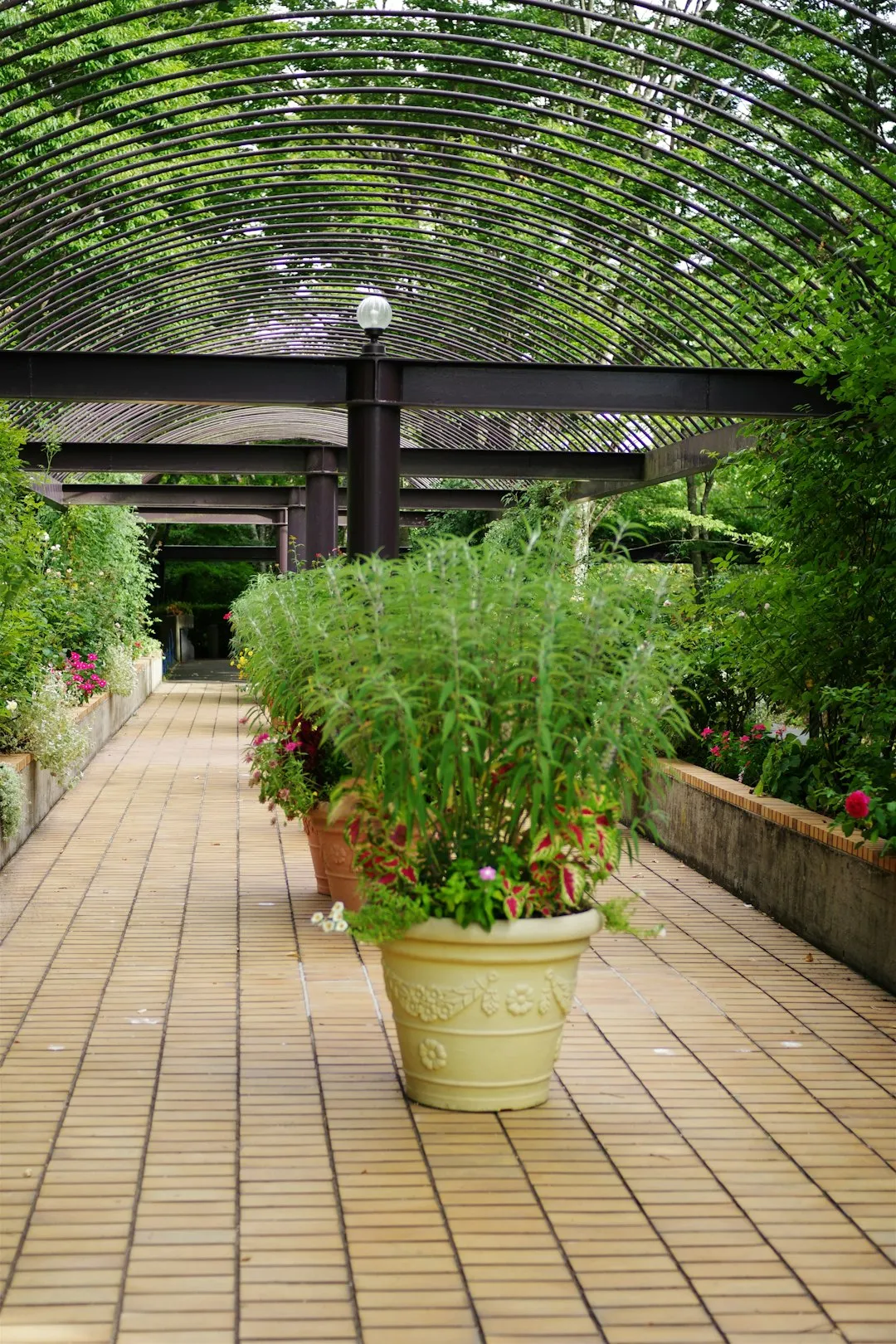Unleash the Beauty of Annual Flowers: Perfect Combinations Await

Annual flowers are a delightful addition to any garden, offering a burst of color and charm that can transform a dull space into a vibrant oasis. Instead of scratching your head and wondering what to plant together, we've got you covered with some amazing annual flower combinations that will make your flower beds the envy of the neighborhood.
One of the key benefits of annual flowers is their ability to provide continuous blooms throughout the growing season. Unlike perennials, which may have a shorter flowering period, annuals keep on producing flowers from spring until the first frost. This means you can enjoy a constant display of color and fragrance in your garden.
When it comes to choosing annual flowers for your garden, it's important to consider factors such as sunlight requirements, soil type, and water needs. Some annuals thrive in full sun, while others prefer partial shade. Similarly, some plants do well in well-drained soil, while others can tolerate more moisture. By selecting the right combination of flowers based on these factors, you can ensure that your garden thrives.
Let's take a look at some popular annual flower combinations that you can try in your garden:
Petunias and Lobelias
Petunias are known for their large, showy flowers that come in a wide range of colors, including pink, purple, red, and white. Lobelias, on the other hand, have delicate, trailing flowers that add a touch of elegance to any garden. When planted together, petunias and lobelias create a beautiful contrast of colors and textures. Petunias provide a bold backdrop, while lobelias cascade over the edges of containers or flower beds, adding a soft, flowing effect.
Marigolds and Zinnias
Marigolds are a classic annual flower that is easy to grow and provides a bright splash of color. They come in various shades of yellow, orange, and red, and their strong fragrance helps to repel pests. Zinnias, on the other hand, are known for their large, colorful blooms that attract butterflies and bees. When planted together, marigolds and zinnias create a vibrant and cheerful display. The marigolds' compact growth habit provides a nice backdrop for the taller zinnias, and their complementary colors make them a perfect match.
Nasturtiums and Cosmos
Nasturtiums are not only beautiful but also edible. Their bright, peppery flowers and leaves can be added to salads or used as a garnish. Cosmos, on the other hand, have delicate, daisy-like flowers that come in a variety of colors, including pink, white, and purple. When planted together, nasturtiums and cosmos create a charming and whimsical garden. The nasturtiums' trailing habit adds a touch of playfulness, while the cosmos' tall stems and airy flowers provide a sense of elegance.
To make the most of your flower beds, here are some tips to keep in mind:
- Plan your layout: Before you start planting, take some time to plan out your flower bed layout. Consider the height, color, and texture of the plants you want to use, and arrange them in a way that creates a visually appealing display.
- Group plants by their needs: As mentioned earlier, different plants have different sunlight, soil, and water requirements. Grouping plants with similar needs together will make it easier to care for them and ensure that they thrive.
- Deadhead regularly: Deadheading, or removing spent flowers, encourages plants to produce more blooms. This will help to keep your garden looking fresh and colorful throughout the growing season.
- Fertilize appropriately: Annual flowers are heavy feeders, so it's important to fertilize them regularly. Use a balanced fertilizer according to the package instructions to provide your plants with the nutrients they need to grow and bloom.
- Water properly: While annual flowers need regular watering, it's important not to overwater them. Water deeply but infrequently, allowing the soil to dry out slightly between waterings. This will encourage the plants to develop strong root systems.
In conclusion, annual flower gardening is a wonderful way to add color, beauty, and fragrance to your garden. By choosing the right combinations of flowers and following these tips, you can create a stunning flower bed that will be the pride of your neighborhood. So, don't wait any longer - start planning your annual flower garden today and enjoy the rewards of a vibrant and blooming oasis.